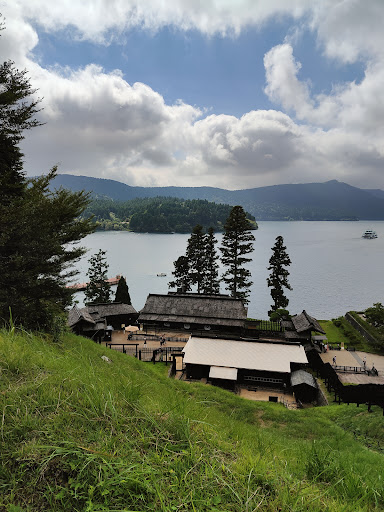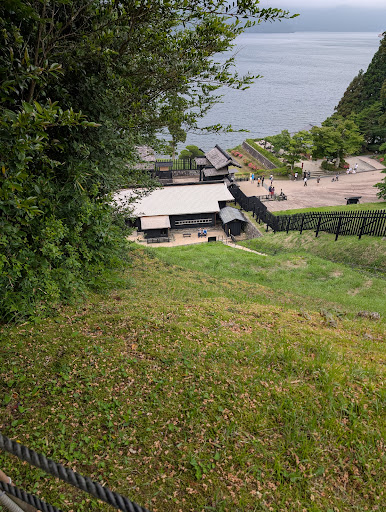Hakone Checkpoint things to do, attractions, restaurants, events info and trip planning
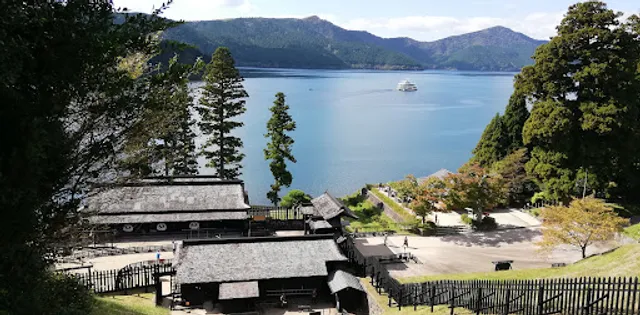
Basic Info
Hakone Checkpoint
1番地 Hakone, Ashigarashimo District, Kanagawa 250-0521, Japan
3.9(3.2K)
Open 24 hours
Save
spot
spot
Ratings & Description
Info
Cultural
Scenic
Family friendly
Accessibility
attractions: Hakone Sightseeing Cruise, Hakone Karakuri Museum, 伊豆箱根鉄道(株) 芦ノ湖遊覧船関所跡営業所, Tamaya Hakone no Sekisyo, Hakone Ekiden Museum, Onshi-Hakone Park, 東京箱根間往復大学駅伝競走 往路ゴール・復路スタート碑, 駅伝広場 襷 ーTASUKIー, Komagata Shrine, Old Tōkaidō Road Ancient Cedar Avenue - East End, restaurants: どんぶり茶屋, Daimasa Honten, Il Miraggio, Toriten Ichiya, The Bistro, Tatsumi, トラウトラボ, Fujimiya, cafe KOMON, Il Lago
 Learn more insights from Wanderboat AI.
Learn more insights from Wanderboat AI.Phone
+81 460-83-6635
Website
hakonesekisyo.jp
Plan your stay

Pet-friendly Hotels in Hakone
Find a cozy hotel nearby and make it a full experience.

Affordable Hotels in Hakone
Find a cozy hotel nearby and make it a full experience.

The Coolest Hotels You Haven't Heard Of (Yet)
Find a cozy hotel nearby and make it a full experience.

Trending Stays Worth the Hype in Hakone
Find a cozy hotel nearby and make it a full experience.
Reviews
Nearby attractions of Hakone Checkpoint
Hakone Sightseeing Cruise
Hakone Karakuri Museum
伊豆箱根鉄道(株) 芦ノ湖遊覧船関所跡営業所
Tamaya Hakone no Sekisyo
Hakone Ekiden Museum
Onshi-Hakone Park
東京箱根間往復大学駅伝競走 往路ゴール・復路スタート碑
駅伝広場 襷 ーTASUKIー
Komagata Shrine
Old Tōkaidō Road Ancient Cedar Avenue - East End
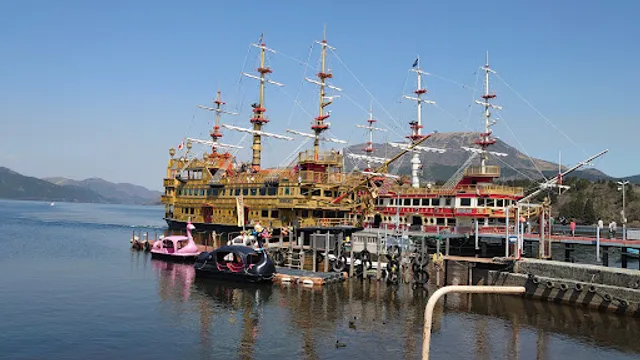
Hakone Sightseeing Cruise
4.3
(2.8K)
Open 24 hours
Click for details
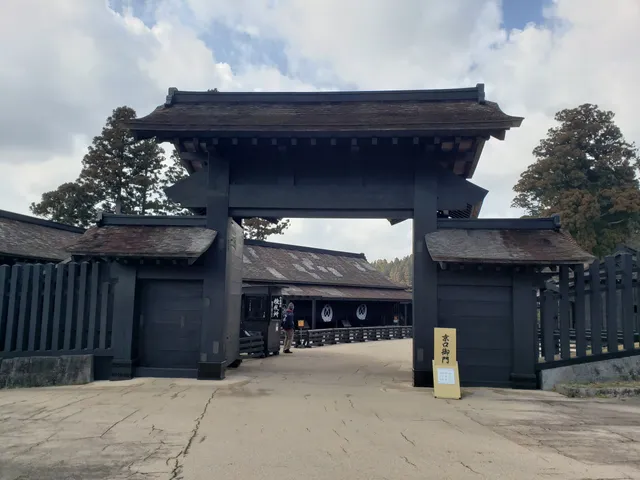
Hakone Karakuri Museum
3.9
(155)
Open 24 hours
Click for details
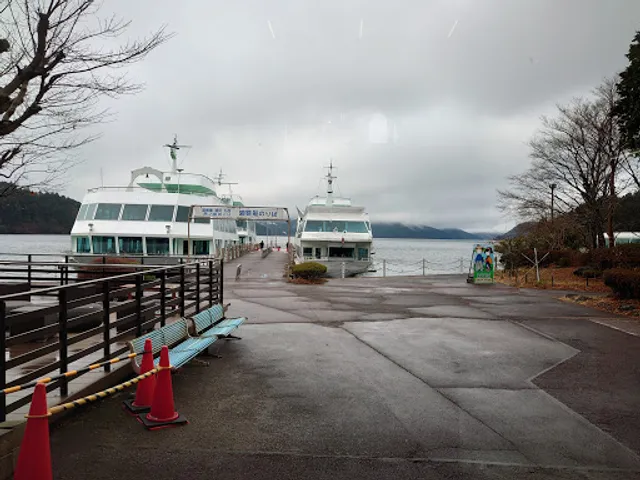
伊豆箱根鉄道(株) 芦ノ湖遊覧船関所跡営業所
3.9
(130)
Open 24 hours
Click for details
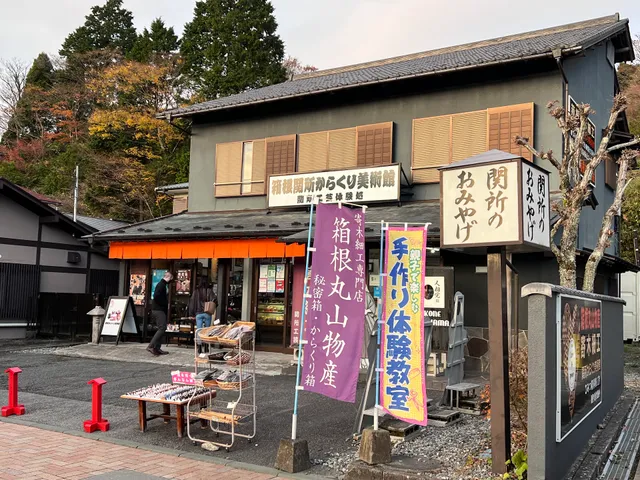
Tamaya Hakone no Sekisyo
3.9
(30)
Open 24 hours
Click for details
Things to do nearby
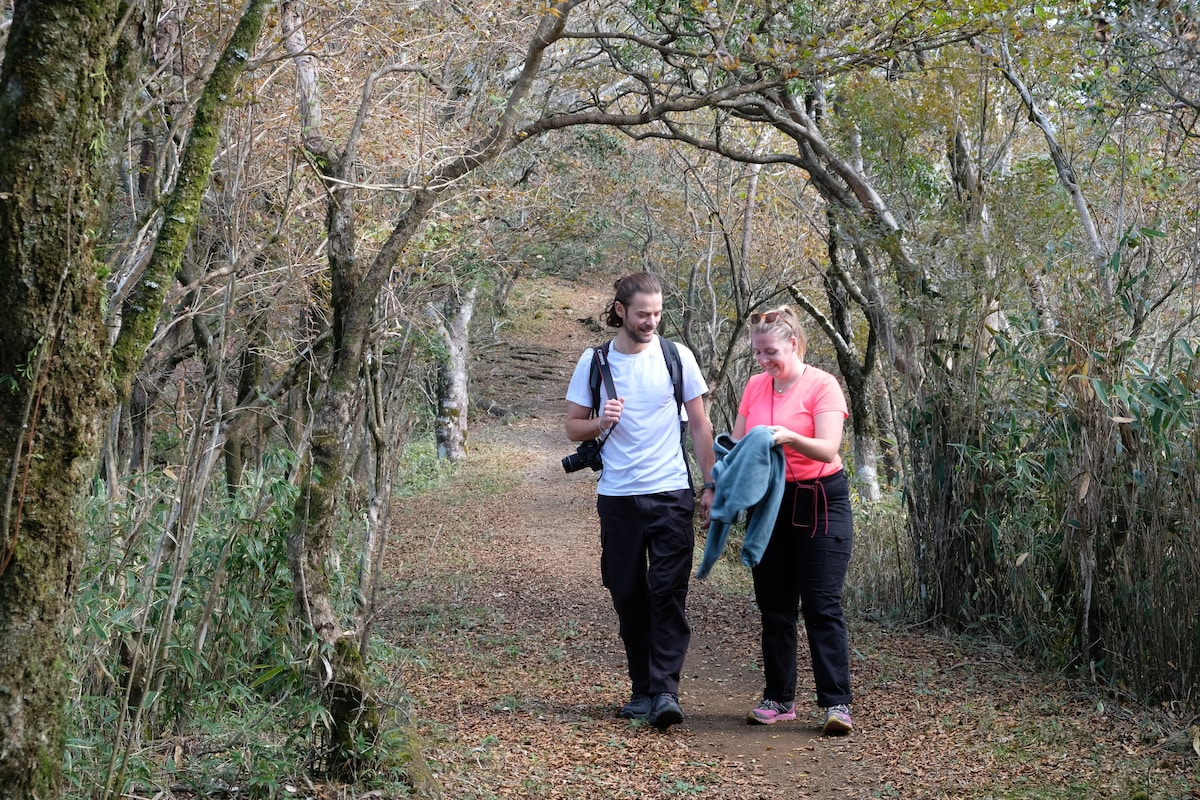
Traverse the outer rim of Hakone caldera
Sat, Dec 27 • 8:30 AM
250-0311, Kanagawa Prefecture, Hakone, Japan
View details
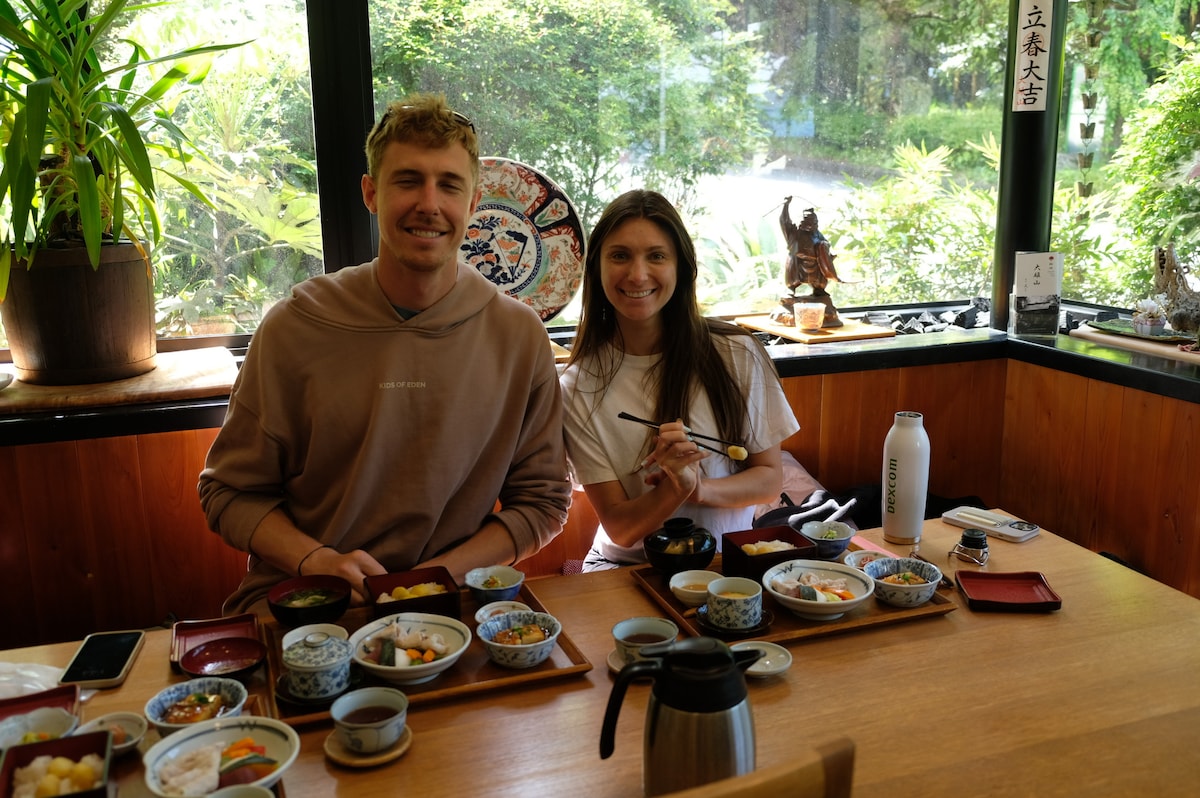
Forest bathing and onsen with healing power
Sat, Dec 27 • 9:00 AM
00000, Kanagawa Prefecture, Odawara, Japan
View details

Take an elegant drive in the latest Porsche 911 Carrera Cabriolet?
Sat, Dec 27 • 12:00 PM
259-0303, Kanagawa Prefecture, Yugawara, Ashigarashimo District, Japan
View details
Nearby restaurants of Hakone Checkpoint
どんぶり茶屋
Daimasa Honten
Il Miraggio
Toriten Ichiya
The Bistro
Tatsumi
トラウトラボ
Fujimiya
cafe KOMON
Il Lago
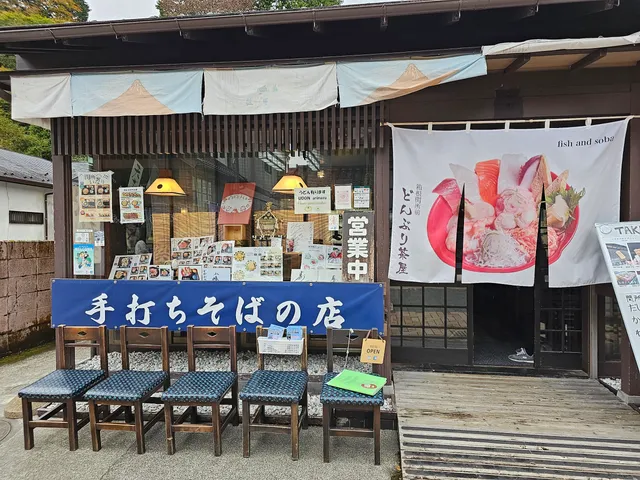
どんぶり茶屋
4.1
(51)
Click for details
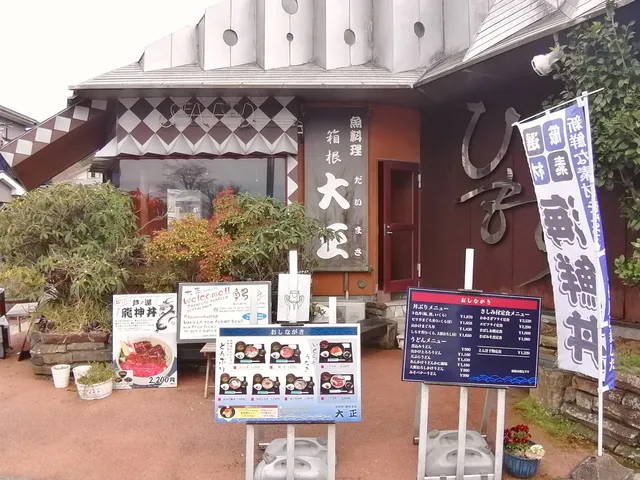
Daimasa Honten
4.3
(246)
Click for details
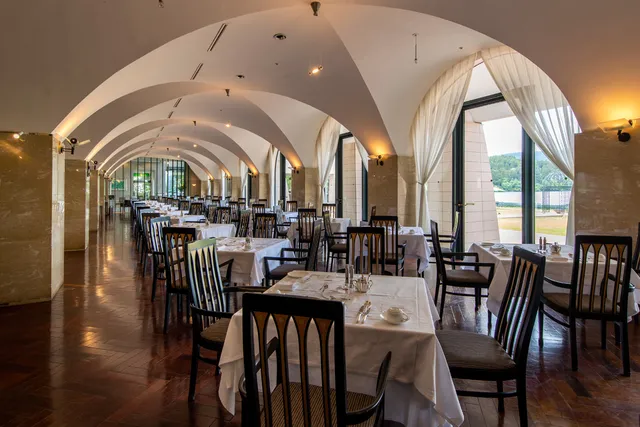
Il Miraggio
4.1
(81)
Click for details
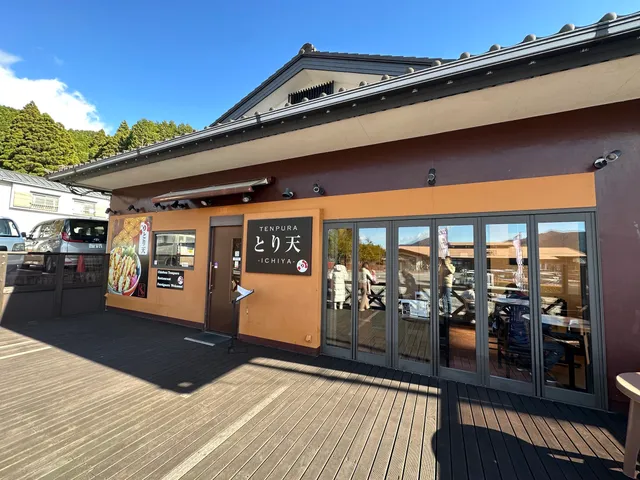
Toriten Ichiya
4.2
(72)
$
Click for details




